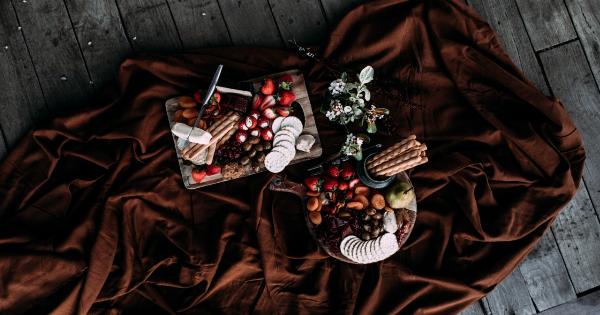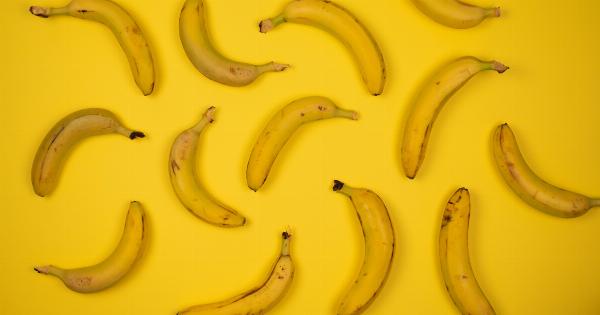If there is one drink that symbolizes celebration, sophistication and luxury, it is Champagne.
This sparkling wine is produced exclusively in the Champagne region of France, and enjoys global recognition as the drink of choice for the most special of occasions. Whether you are a connoisseur or a beginner, read on to learn all you need to know about Champagne.
History of Champagne
The history of Champagne dates back to the Middle Ages, when the Unesco World Heritage site of Hautvilliers was home to a Benedictine Abbey.
The monk Dom Perignon is credited with being the pioneer behind the wine’s production, having learned the art of blending and fermentation himself. The production of Champagne grew over the years, and it wasn’t until the 19th century that Champagne became synonymous with luxury and celebration.
How is Champagne Made?
Champagne is made from pinot noir, chardonnay and pinot meunier grapes that are grown in the Champagne region.
The traditional method of wine-making involves blending the wine and adding a sweetener to begin a second fermentation process that produces carbon dioxide and alcohol. The carbon dioxide is trapped by the bottle and produces the characteristic bubbles of Champagne.
Champagne Varieties
There are several different varieties of Champagne, each with its own unique flavor and character. These include:.
: Non-vintage Champagne
This is the most common type of Champagne, made from a blend of different grapes and vintages.
: Vintage Champagne
This type of Champagne is produced using grapes from a single year, and is aged for a minimum of three years.
: Prestige Cuvée
This is the most expensive type of Champagne, made from the finest grapes and aged for a minimum of ten years.
: Rosé Champagne
This Champagne is produced using red grapes, and has a distinct pink color and fruity flavor.
How to Serve Champagne
Serving Champagne is an art in itself. The wine should be chilled to the ideal temperature of 7-9 degrees Celsius, and served in a tall, flute-shaped glass that is designed to preserve the bubbles.
The bottle should be opened with care, allowing the cork to gently release with a soft ‘pop’. Experts recommend laying the bottle on its side and pouring the Champagne slowly, to avoid losing too much of the precious bubbles.
Champagne Pairings
Champagne is a versatile drink that pairs well with a variety of foods, from fresh oysters to smoked salmon and caviar. It also makes an ideal complement to light and fruity desserts, such as sorbets and meringues.
Experts suggest pairing Champagne with foods that are light and delicate, to allow the wine’s unique flavors to shine through.
Champagne Brands
There are dozens of Champagne brands on the market, each with its own distinct flavor and character. Some of the most popular Champagne brands include:.
: Moët & Chandon
This is one of the oldest and most famous Champagne houses, with a history that dates back to 1743.
: Krug
Krug is known for its intense and complex flavor, and is produced in small batches using only the finest grapes.
: Veuve Clicquot
This is a high-end Champagne brand that is known for its elegant flavor and distinctive yellow label.
Champagne Cocktails
Champagne can be used to make a variety of delicious cocktails, from classic Bellinis and Mimosas to trendy Champagne spritzes and coolers. Some popular Champagne cocktails include:.
: Bellini
This classic cocktail is made with Champagne and peach puree, and is a popular choice for brunch or as an aperitif.
: Mimosa
This refreshing cocktail is made with Champagne and orange juice, and is a popular choice for brunch or as a light and refreshing drink.
: French 75
This sophisticated cocktail is made with gin, lemon juice, simple syrup and Champagne, and was named after a famous French artillery gun from World War I.
In Summary
Champagne is a luxurious and versatile drink that has been enjoyed for centuries. From its humble beginnings as a product of the Benedictine Abbey of Hautvilliers, Champagne has grown into a global symbol of celebration, sophistication and luxury.
Whether you are drinking it straight up or using it as the base for a delicious cocktail, Champagne is sure to add a touch of magic to any occasion.































